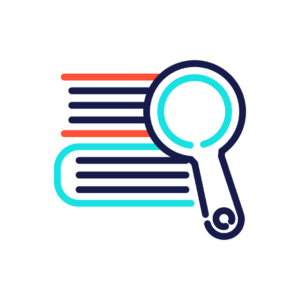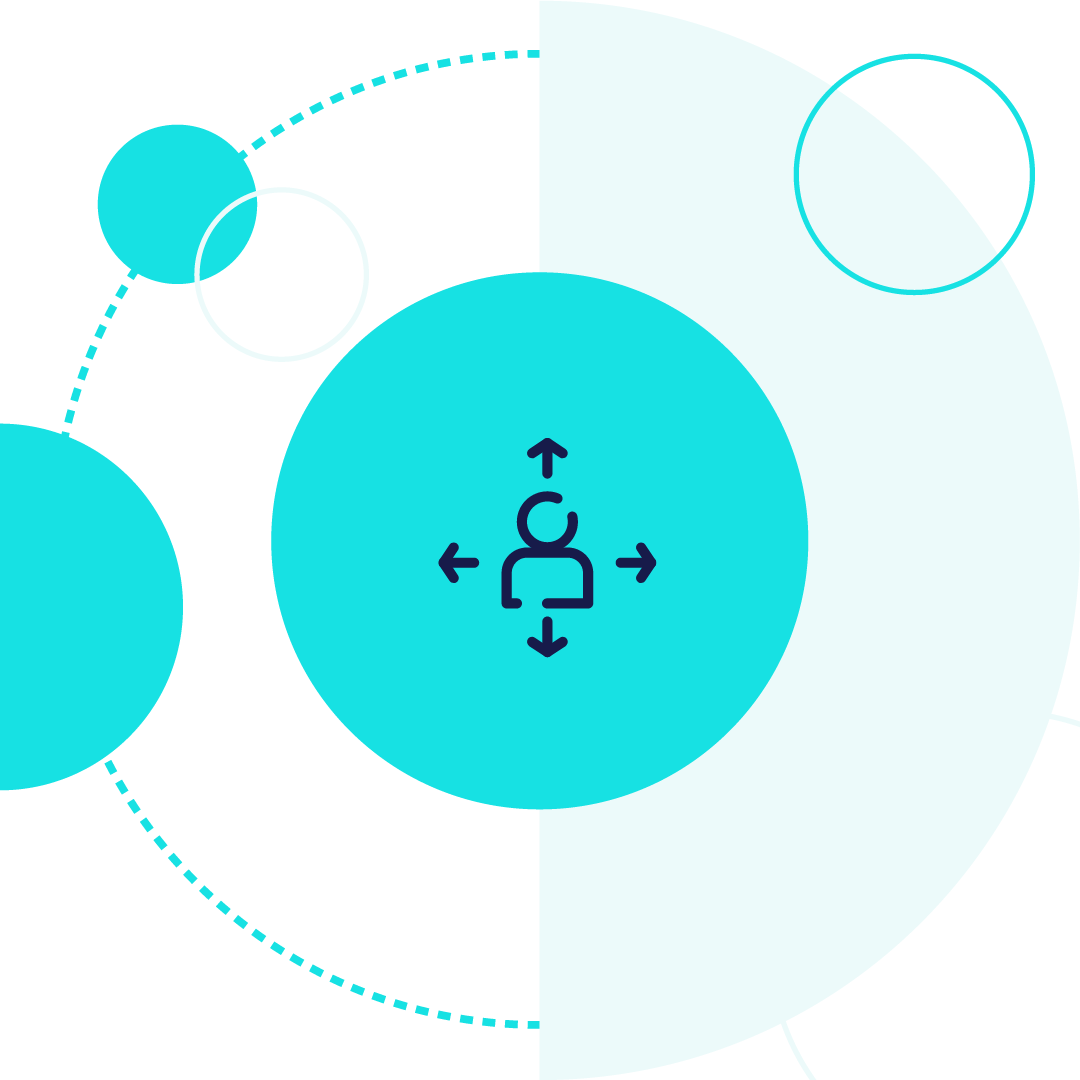All the tea on choosing a direct-to-career pathway
Job training programs prepare students for specific careers, covering a range of fields from trades like carpentry and plumbing to professions such as technology, business, medicine, and engineering. This page shares information on what job training programs includes, how to apply, and what to expect upon acceptance. Learn more about exciting opportunities below!


Training programs usually run on a tight timeline, with some programs as short as 3 months, and others as long as 2 years. The skills gained empower you to launch yourself into the workforce so you begin making money and gain professional experience at a young age.
These programs are often low cost, and some are FREE, while others will even PAY YOU to complete their program!
Job training programs typically end in a license (like a CDL or LPN), certification (IT specialist, Automotive mechanic) or credential (Day Care Technician, Clinical Sleep Educator). Here is the difference between these three terms.
Once you have achieved your first certification or credential, you can look ahead to what the next skill you need is in order to progress in the career and go after that certification. In this way, you can begin to “stack” more credentials or certifications onto your first one to quickly increase your skill level…and your pay!
Examples of Stacking Credentials

Review the application process. Most job training programs have their own application process and the best place to find that information is on the program’s website.

There are a lot of college-based programs.
A high number of job training programs are run by community colleges and they will require that you complete their college application first. On that application, there is usually a place to name the job training program you are applying for.

Total Program Cost
Does the program you are interested in charge tuition or a fee, is it free, or does the program pay you to attend? Find out before you apply so you know what to expect. You might be required to make a full or partial payment before the program starts.

Application Deadlines & Documents.
Job training programs often run on a different calendar than colleges and the deadlines for applying or paying your fees could vary. Make sure you check with the program and know when your deadlines are.

You may need to pass a drug test.
Because many job training programs receive federal funding you have to be able to produce a clean drug test – including marijuana. Training programs that involve heavy equipment (like construction,) in dangerous situations (like electrical) or that involve patient care (like EMT-basic,) often run random drug tests for safety.
Be prepared to prove your identity and ability to work-
Take time to learn about the career you are considering. Cyber security might sound cool, but it is a lot of computer work. Is that what you really want to do? Talk to someone in the field about the work before you sign up for a training program to learn more about the day-to-day experience.
Not all job training programs support their students to find a job after the program ends. If you are looking for a reliable program, check out our suggested Top National Job Training Programs.
Asking “How do I move up in this field?” is a great question to ask any job training program you are considering. It is good to be clear on what each program does (and doesn’t) do and what the next steps are after program completion.

Be Prepared: These programs take themselves very seriously and will have high expectations for you. There is often an academic part of job training which involves reading manuals (i.e. automotive), completing mathematical equations (carpentry) or mastering scientific principles (paramedic).
While job training programs are often thought of as an alternative to college, they are frequently associated with two-year colleges, or require that you pass an assessment or test at the end in order to obtain the credential or certification you are seeking.
We recommend approaching job training programs the same way you would college courses:



